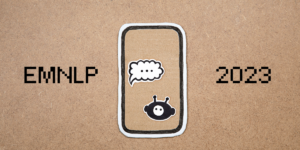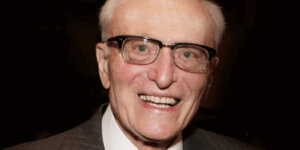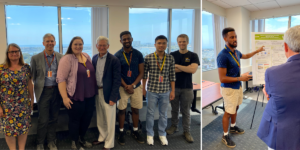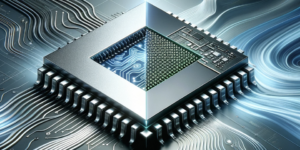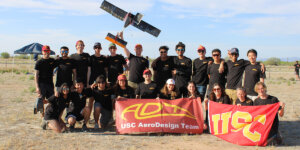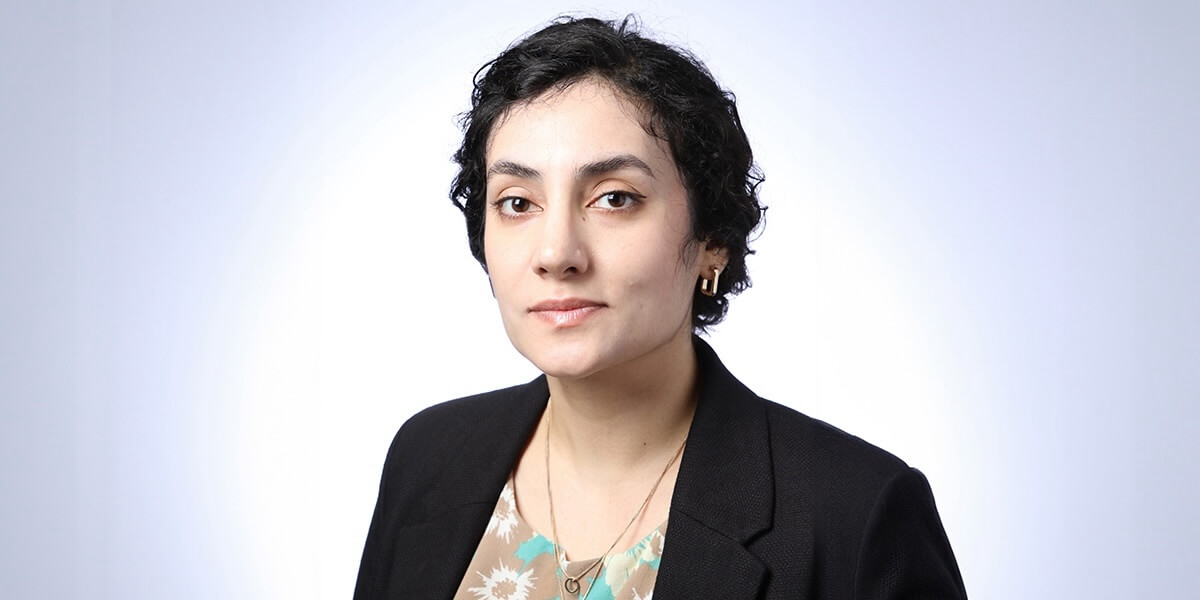
USC Viterbi Ph.D. Student Soha Niroumandi (Photo/Courtesy of Soha Niroumandi)
Your smartphone can play Roblox. But can it also detect early onset of dementia?
Soha Niroumandi, a Ph.D. student in the USC Viterbi School of Engineering, believes so. She recently received the prestigious and highly competitive American Heart Association (AHA) Fellowship award for her project titled “A Noninvasive Smartphone-based Approach for Assessment of Dementia Risk Predictors Using Arterial Pressure Waveform.”
The AHA only funds 100 to 130 predoctoral fellowships annually.
Niroumandi’s work aims to develop a method for using smartphones to noninvasively measure the arterial pressure waveforms and assess the risk of dementia by analyzing these waveforms.
According to Alzheimer’s Disease International, in 2020, there were over 55 million people worldwide living with dementia, and this number will almost double every 20 years, reaching 78 million in 2030 and 139 million in 2050. Sixty percent of people with dementia live in low and middle income countries, and by 2050 this will rise to 71%.
“The realization that early detection could substantially improve management strategies and outcomes for individuals at risk of dementia underscored the importance and potential impact of our research,” said Niroumandi.
She added: “While our method is broadly targeted, it particularly benefits people in rural areas and those who are socioeconomically disadvantaged, as both groups might have limited access to healthcare services.”
Receiving the AHA Fellowship provides “funding, resources, and networking opportunities, enhancing [her] research’s scope and facilitating collaborations,” said Niroumandi, a third-year student in the Department of Aerospace and Mechanical Engineering.
Niroumandi noted the connection between heart health and brain health. “In general, cardiovascular health and brain health are intricately linked and the condition of the cardiovascular system can impact the function and health of the brain,” she said.
Niroumandi’s inspiration to pursue this specific area of research stemmed from her involvement with Professor Niema Pahlevan’s group in 2021. Niroumandi said she was intrigued by how the group “applied fundamental principles of mechanical engineering to innovate techniques and devices with direct applications in clinical practice.”
This multidisciplinary approach resonated with her as it highlighted the potential of engineering solutions to address real-world healthcare challenges.
Niroumandi said she aims to extend the reach of health monitoring to include individuals who have long faced challenges in accessing healthcare services.
“Traditional methods,” Niroumandi said, “often require specialized equipment and healthcare settings, whereas a smartphone-based approach can be used anywhere, enabling frequent monitoring and early detection of risk factors.”
Looking forward, she is committed to applying her results to other debilitating conditions.
“We intend to explore conditions like chronic kidney disease and the risk of renal dysfunction development,” she said. “Despite being distinct conditions, they share similar underlying physiological processes.”
Published on May 7th, 2024
Last updated on May 7th, 2024





